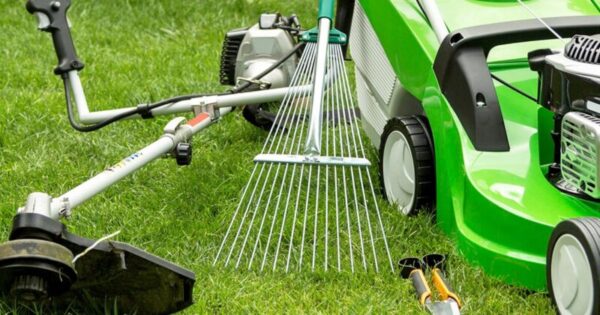Fixing the self-propel feature on a lawn mower can be a straightforward process if you know what to look for. Here’s a comprehensive guide to help you troubleshoot and fix the self-propel mechanism on your lawn mower:
1. Identify the Issue:
- No Movement: If the self-propel isn’t working at all, it could be a problem with the drive belt, cable, or the transmission.
- Weak Movement: If the self-propel is weak or slow, the drive belt might be slipping or worn out.
- Uneven Movement: If the mower moves unevenly, the drive wheels or transmission might be damage.
2. Safety First:
- Always disconnect the spark plug wire before working on the mower to prevent accidental starts.
3. Inspect the Drive Belt:
- Worn or Broken Belt: Check the drive belt for wear and tear. If it’s worn or broken, replace it with a new one.
- Proper Tension: Ensure the belt is properly tensione. If it’s loose, it won’t transfer power effectively.
4. Check the Drive Cable:
- Disconnected or Damaged Cable: Inspect the cable connecting the handle to the transmission. If it’s disconnect or damage, replace it.
- Adjustment: Adjust the cable tension if necessary. There should be no slack when the handle is released.
5. Examine the Drive Wheels:
- Worn Wheels: If the wheels are worn down, they won’t grip properly. Replace any worn or damaged wheels.
- Axle Issues: Check the axles of the drive wheels. If they’re bent or damaged, it can affect the self-propel function.
6. Inspect the Transmission:
- Transmission Fluid: If your mower has a hydrostatic transmission, check the fluid level. Low fluid can cause self-propel problems.
- Damaged Transmission: If the transmission is damage, it might need professional repair or replacement.
7. Lubrication and Cleaning:
- Lubricate Moving Parts: Apply lubricant to moving parts like the pivot points of the self-propel system.
- Clean Debris: Remove any grass, dirt, or debris clogging the self-propel mechanism.
8. Test the Self-Propel:
- After making any adjustments or replacements, test the self-propel feature to ensure it’s functioning correctly.
9. Professional Help:
- If you’re not confident or unable to diagnose the issue, it’s best to consult a professional technician.
Remember, the exact steps might vary based on your specific lawn mower model, so always refer to the user manual for detailed instructions tailored to your equipment.





